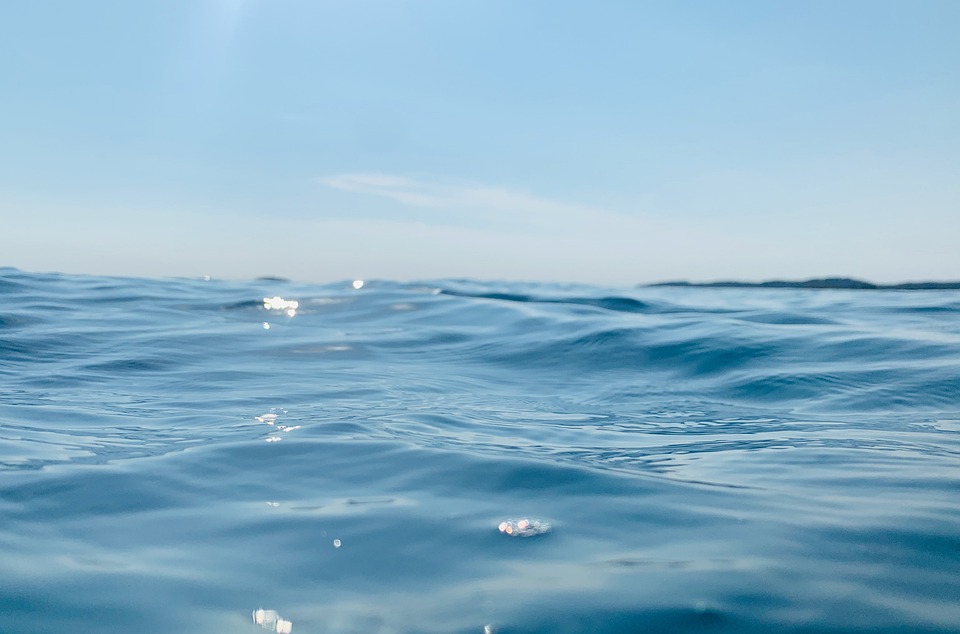Title: From Sea to Moon: The Origin of the Lunar Mare and Their Volcanic Legacy
Introduction:
The Moon has always fascinated humans with its mysterious beauty and enigmatic features. Among the most intriguing features of our nearest celestial companion are the vast dark plains known as Lunar Maria. These plains cover close to 20% of the lunar surface, but what are they? What is their origin? And what does their presence mean for the Moon’s geological story? In this informative article, let’s explore the intriguing tale of the lunar mare and their volcanic legacy.
The Origin of the Lunar Maria:
The fine powdery surface of the Moon, known as regolith, has hidden underneath it, vivid signs of its dynamic past. Clusters of low-lying basaltic plains, or Mare, provide a rusty reminder of the Moon’s tumultuous past, marked by active volcanoes and lunar mare formation.
Around 3.8 billion years ago, the Moon underwent a phase of intense volcanic activity. As magma from the lunar mantle erupted through the Moon’s crust, it formed lava lakes that flooded the impact basins, filling and solidifying to form dark basaltic plains. The resultant lunar mare were often mistaken by early astronomers as seas, hence the term ‘maria’, derived from Latin corruption meaning ‘seas’.
The Volcanic Legacy:
Maria are younger than the surrounding lunar highlands, with an average age of about 3.5 billion years, compared to 4.5 billion years for the highlands. They are primarily found on the near side of the Moon, where gravity is stronger, keeping the magma beneath the crust, ultimately creating the perfect conditions for volcanic activity.
These maria are evidence of the Moon’s shifting tectonic forces, telling us about the Moon’s past when it was more geologically active and volcanically vibrant. Most lunar maria are not one vast ocean, but rather a collection of vast volcanic plains, similar to the ocean floors on Earth.
Lunar Maria today hold pivotal importance for space exploration studies. Their geological complexity serves as a scientific base to learn more about the Moon’s early history, as well as its environmental dynamic evolution.
Conclusion:
The lunar maria, often referred to as the Mare, are proof of the Moon’s ancient volcanic legacy. As geological landmarks, these dark plains bear the imprints of the Moon’s turbulent past, exhibiting the breathtaking narrative of fiery eruptions and cosmic force. Their significant scientific value holds the potential to unravel the secrets of the Moon, allowing us to truly appreciate our celestial neighbor’s profound park of volcanic marvels.
For more imagery on the lunar mare and their intriguing environment, click on the image above!
FAQs:
Q1: What gives the lunar maria their dark color?
A: The maria get their distinct dark appearance due to their iron-rich basaltic composition.
Q2: Why are the Lunar Maria mostly found on the lunar near side?
A: The gravitational forces on the lunar near side are stronger compared to the far side, which keeps the magma from the lunar mantle beneath the lunar crust, subsequently creating optimal conditions for volcanic activity.
Q3: Are the lunar maria similar to Earth’s oceans?
A: Despite their similar name, the lunar maria are not oceans. They’re actually large, dark plains of solidified lava which resemble the basaltic rocks found on Earth’s ocean floors.
Q4: Are the Mare active today?
A: No, the lunar maria are no longer volcanically active today. They are remnants of a period when the Moon had a more tumultuous geological history roughly 3.5 to 3.8 billion years ago.
Q5: What is the scientific importance of the lunar maria?
A: The lunar Maria hold significance for space exploration and scientific discovery, as they provide scientists insights into the Moon’s early history and its environmental evolution.


